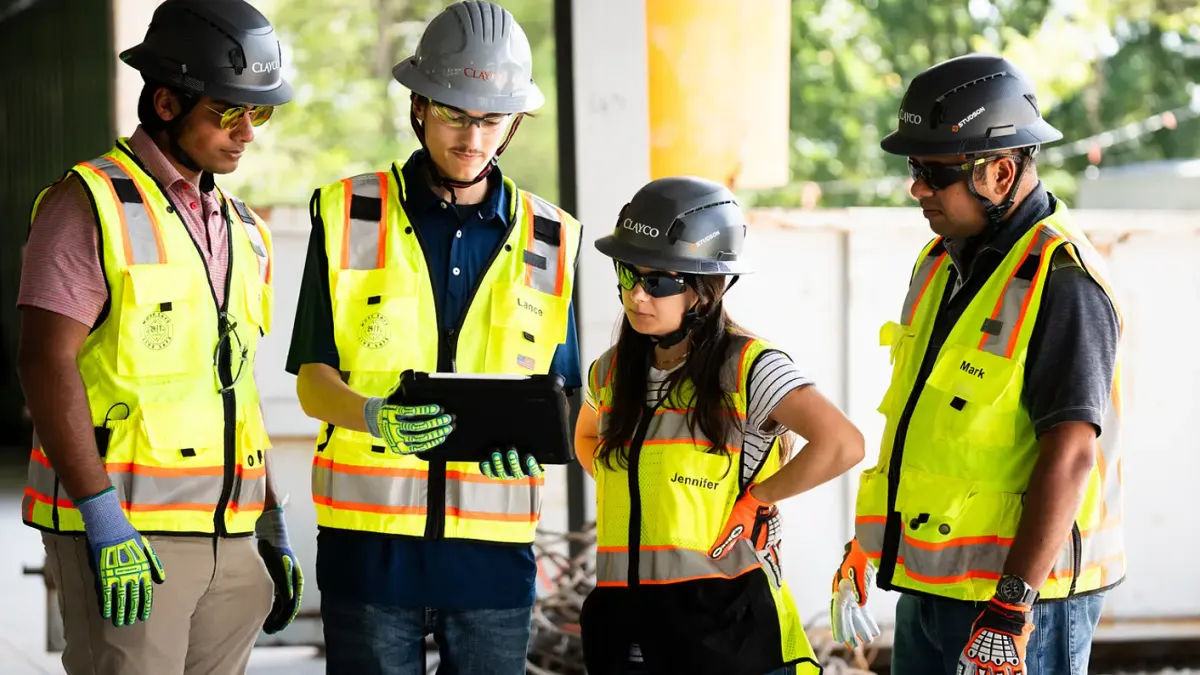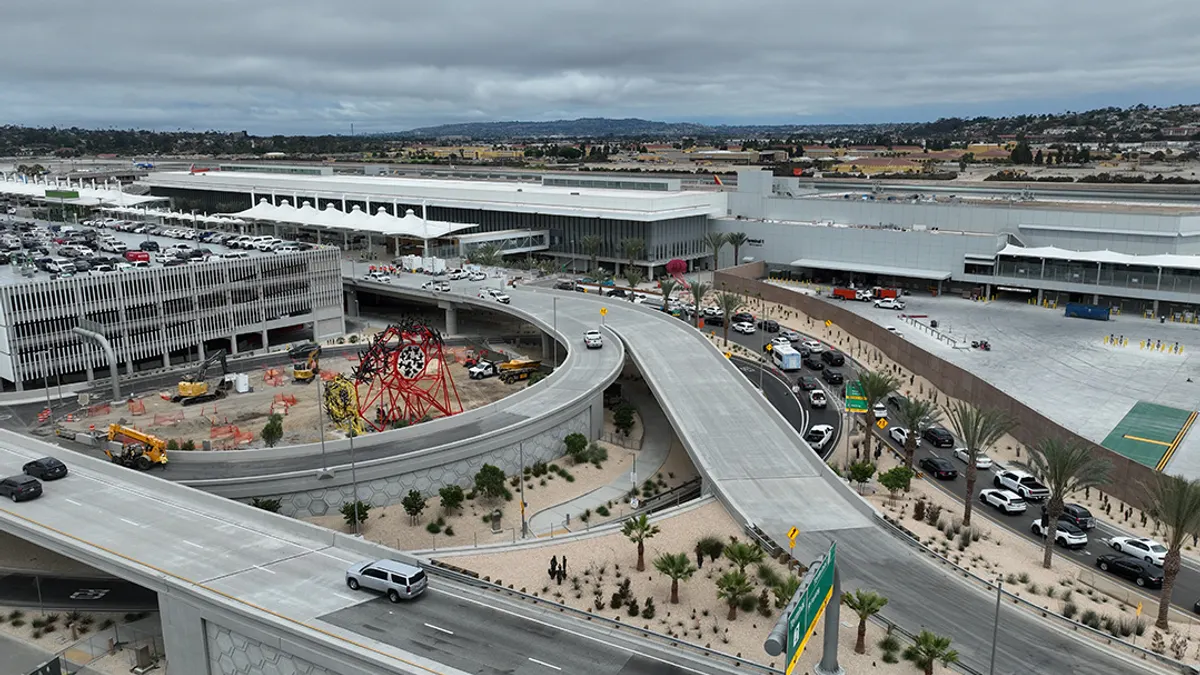Dive Brief:
- San Francisco officials have launched an investigation into why the Millennium Tower, a 58-story luxury residential high-rise, is sinking at a far faster rate than project engineers predicted, according to the San Francisco Chronicle.
- The building, which was supposed to settle only 4 to 6 inches during the entire life of the structure, has sunk 16 inches since it was completed in 2009 and could settle a total of 30 inches, according to KRON Bay City News. Project engineers allegedly knew six years ago that the building, which also now tilts about 15 inches to the northwest, was settling more than expected.
- Although there had supposedly been reports of the building's sinking and leaning for years, a citizen call to 311, San Francisco's non-emergency governmental hotline, is what spurred the current investigation.
Dive Insight:
Developer Millennium Partners said the tower's instability is the result of the dewatering that has occurred during construction of a $4.5 billion transit center next door. Transit officials said the tower is sinking because the Millennium's foundation piles are 100 feet or more short of hitting stabilizing bedrock.
When asked by city officials why it took so long to respond to the sinking issue, Department of Building Inspection Deputy Director Ron Tom said the high-rise was built to code and permitted correctly, so there was no action the department could take until the 311 call. Tom said the department relies on the integrity of approved engineering plans and designs, and the fact that it was built to code precluded an independent review.
In response to the sinking situation, Mayor Ed Lee has requested that San Francisco officials move to make building codes more strict, implement an independent review process for buildings in the city, and alter San Francisco's earthquake safety plans for the next 30 years to ensure that high-rises are safe.
The West Coast deals with one of the biggest natural threats to its built environment— earthquakes — with comprehensive building codes developed, and then redeveloped again, after major earthquake incidents. There are also retrofit initiatives in those states to ensure structures built prior to the enactment of modern standards are reinforced to better withstand earthquakes.










